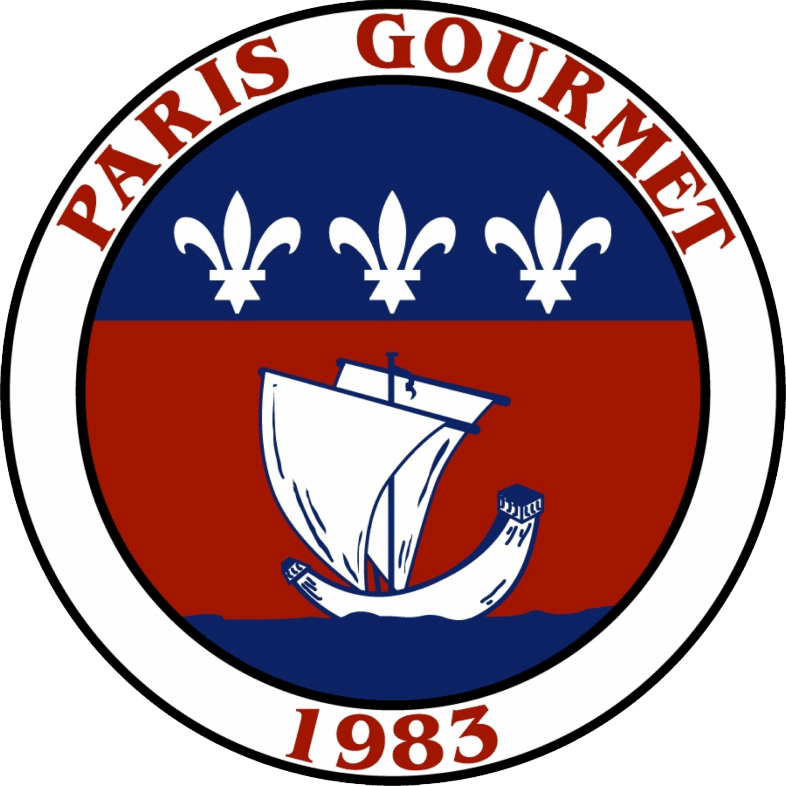Try These Restaurant Menu Planning Tips for Savor-worthy Service
- By Charlotte Brown
- March 21, 2024
A well-curated menu is the heart of any successful restaurant. Most notably, the items on your menu convey character. It provides guests with a roadmap of the culinary experience. Aside from differentiating your restaurant, your menu also plays a part in your business strategy. Each item on your menu is an investment that requires the proper ingredients and preparation time.
Putting together a menu requires careful attention. There are a variety of complex considerations, from incorporating complementary flavors to weighing customer feedback. The responsibility is the same whether opening a new restaurant or revamping an existing menu. In this blog, you’ll find practical restaurant menu planning tips to secure long-term success.
Components of a Well-crafted Restaurant Menu
Selecting the dishes, ingredients and style of your menu are among the first considerations. Think creatively about how your restaurant can best showcase its value.
#1. Seasonal Sensations
One of the most celebrated approaches to restaurant menu planning is embracing the seasons. By aligning the menu with the availability of fresh, local ingredients, your restaurant can showcase the best flavors each season has to offer. Not only does this ensure the highest quality of ingredients, but it also adds excitement as your menu evolves throughout the year.
#2. Culinary Fusion
Breaking boundaries and blending diverse culinary traditions is a trend that continues to captivate food enthusiasts. Your restaurant can experiment with the fusion of flavors, combining elements from different cuisines to create unique and memorable dishes. This approach can make your restaurant stand out—attracting a broader audience with a taste for the unexpected.
#3. Dietary Diversity
In an era where dietary preferences vary widely, offering a diverse range of options is paramount. Your restaurant menu can cater to various dietary needs, including vegetarian, vegan, gluten-free, and other specialized preferences. Well-balanced restaurant menu planning ensures every guest finds dishes that align with their culinary preferences.
#4. Storytelling on the Plate
Every dish tells a story, and your restaurant can leverage this concept to create a narrative-rich menu. By highlighting the origins, inspirations, and unique aspects of each dish, your restaurant not only adds depth to the dining experience but also establishes a connection between chef and diner. This storytelling approach can enhance the overall ambiance of the restaurant.
#5. Tasting Menus and Prix Fixe
For those seeking a complete culinary journey, tasting menus and prix fixe options provide a curated selection of dishes that showcase the chef's creativity and expertise. Your restaurant can introduce special tasting events or fixed-price menus to offer a premium dining experience, enticing patrons to explore a variety of flavors in a single sitting.
Pair Your Bites with Business Tactics
Make sure practicality is part of your restaurant menu planning. Your menu decisions should be backed by business strategy. Without profits, your restaurant is unable to sustain its services.
Data-driven Decisions
In the age of technology, data-driven insights can play a pivotal role in menu planning. You should utilize customer feedback, sales data, and market trends to make informed decisions about which dishes resonate most with your audience.
Pricing Strategy
Establish a pricing strategy that reflects the quality of ingredients, preparation, and the overall dining experience. Ensure a balance between affordable options and premium offerings to cater to a diverse customer base.
Menu Engineering
Use menu engineering principles to strategically place high-profit items and drive sales. Highlight profitable dishes without making it overly obvious to customers.
Menu Descriptions and Imagery
Craft enticing and descriptive menu descriptions that evoke the senses and create anticipation. Consider using high-quality images to visually showcase your dishes.
Adaptability
Regularly review and update the menu to keep it fresh and in line with changing culinary trends. Be open to receiving feedback from customers and staff to make necessary adjustments.
Your Staff is the Recipe for Success
Staff support is crucial to the successful rollout of your new menu. Ensure that your staff is well-versed in the menu, including ingredients, cooking techniques, and recommendations. Educate them on the importance of upselling and promoting featured dishes.
Additionally, your kitchen staff should maintain consistency in portion sizes, presentation, and flavors across all dishes. This consistency contributes to building a reliable and positive dining experience. Over time, guests should expect nothing short of excellence when they visit your restaurant.
Ready to Start Your Restaurant Menu Planning Process?
Embarking on restaurant menu planning can feel overwhelming. It can be unclear where to find high-quality, well-sourced ingredients for your dishes.
Many restaurants choose Paris Gourmet products to elevate their menus. As a specialty food supplier, we offer premium ingredients for restaurants like yours. Contact us to get started.
